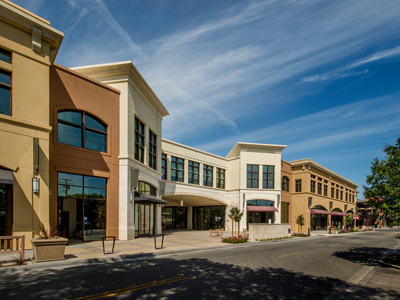
Effects of Changes to Modern Industry in the UK
During your GCSE studies of the economic geography of the UK, you will have seen that the Industrial Revolution changed Britain from being mainly an agricultural country to being an industrial one. This created many changes in the population distribution (rural to urban migration) and the distribution of wealth. For about 200 years, Britain remained an industrial nation but that began to change after the 1939-45 war. Due to the effects of globalisation, the UK employment structure has significantly changed, the secondary sector has declined and the tertiary sector has increased. For your exams, you need to show that you understand the reasons for the changes and can identify the positives and negatives.
At the time of writing this quiz, the tertiary sector (also known as the service sector) accounts for over three-quarters of employment in the UK.
The range of service sector jobs is huge and since the year 2000, employment in the accommodation and catering, finance, retail, health and education areas have seen large rates of growth. Because of investments being made in research and development, quaternary sector jobs have doubled since the 1980s. The quaternary sector includes ICT, technical, scientific and R&D jobs. The jobs in this sector require a highly-skilled workforce and are of great importance to Britain as it gives the nation certain strengths in areas like pharmaceutical research, biotechnology and aerospace. These services can be sold to other countries with a less well-developed quaternary sector.
During the Industrial Revolution, many factories were built in the north of England because that was where the coalfields were concentrated. They needed coal to power their steam engines. As the modern changes in UK industry occurred, this created a 'north-south divide'. In the north east as primary and secondary sector industries like coal-mining, shipbuilding, chemicals and iron and steel production closed, unemployment increased more than the south. It was harder for businesses in the north east to adapt than in the south east as there are better communications (motorway network and four major airports).
The changes to industry in the UK has also had some positive and negative effects on the environment. Take Sheffield as an example. This was an important centre for steel-making until the 1970s and 80s. Many steelworks closed because of globalisation and tens of thousands of people lost their jobs. These people had to seek work elsewhere. This led to an increase in commuting and therefore increased traffic congestion. Despite this increase in car use, the air quality is now much better in the area since the steelworks, which were the main culprits of air pollution, closed. During the industrial period, pollution control of factories was a lot poorer than it is nowadays. Steelworks also polluted local waterways but since they have closed down, water quality has significantly improved. Where the steelworks have been demolished, often, the land left behind has been found to be heavily polluted, however, it is still possible to redevelop these brownfield sites, reducing the pressure to find greenfield sites on the edge of the city.
Ready for more?
not all...
quizzers. Try to win a coveted spot on our Hall of Fame Page.







